Small Family Dental Practices: Where We Know Your Name!

As with so many other industries, dentistry is changing. Yes, technology and treatments continue to improve each year, but those are not the changes we are talking about.
At Adam Brown, DDS, we have been keeping a close eye on the dental practice landscape around the country, and we are noticing that fewer and fewer small, private practices are continuing to operate independently. And since these types of practices play such an essential role in their respective communities, this is a concern for dentists and families alike.
We are pleased to provide the best care possible for the families that we see regularly, and we are still doing it independently! Below, we will discuss how dental service organizations (DSOs) are impacting dentistry and explain why choosing a family dentist could be the best option for you and your kids!
The Emergence of DSOs
Small independent dental practices are facing some vulnerabilities right now, and it doesn’t have anything to do with the COVID-19 pandemic. Yes, the pandemic brought many challenges to private practices across the country, but most offices survived and are now back to seeing patients as they were before February 2020. No, the problem has nothing to do with attracting or retaining patients. The issue is that there are fewer dentists looking to step in when older dentists retire.
Not too long ago, it was common for dentists straight out of college to find a smaller town or suburb with a retiring dentist looking for a replacement. Now, many younger folks are choosing to live in large metropolitan areas, if not city centers. Moreover, dental school is expensive and more graduates are entering their careers in more debt than ever, so starting or purchasing a practice is simply too costly and complex.
Then there are dental service organizations (DSOs). In short, these organizations are not owned by dentists, and they go around the country buying out dental practices to handle the operations of the business. This business model allows younger dentists to focus their time and energy on the clinical aspects of their job, bring in a consistent salary, and remain free of the stresses and responsibilities of owning a practice. As such, DSOs are gaining more traction each year.
Few Options for Retiring Dentists
While there are clear benefits to newer dentists looking to kickstart their career, the rise of DSOs put dentists who are retiring from a solo or small-group practice in a predicament. There are basically three paths they can take:
1. Work longer than they anticipated to (until they are forced into retirement by their health).
2. Shut down their practice without providing any options for their patients.
3. Sell their practice to a DSO.
More retiring dentists are finding that selling to a DSO is the only option that serves themselves and their patients. But this path puts independent dentistry as a whole in jeopardy. In other words, as DSOs become more and more prevalent, they will transform the way dental practices around the country operate. And it could leave very few dentists who have the ability to run their own practices.
Small Practice, Big Opportunities
Here’s the thing that a lot of young dentists who are graduating from dental school do not realize: Small, private practices can provide better opportunities for them both in the short term and long term. Smaller practices come with less competition and lower overhead costs, which means that dentists can better support themselves and their families. Sometimes, they can do it by only working part-time.
As long as a dentist is motivated and has the drive to maintain control of their career, putting down roots at an independent practice can provide exceptional opportunities and flexibility, both of which can especially benefit those wanting to raise families.
Then there is the community to consider. Small towns and suburbs need dentists, just as they need other medical professionals nearby. A lot of people simply are not going to drive 30 minutes to an hour for regular dental visits. And when a community has no dentist, or the few dentists in the community are booked to capacity, many individuals will opt out of preventative care.
Moreover, small practices are often active in supporting the community through sponsoring recreational teams, inviting school groups for office tours, providing low-cost or free care for those who need it, and more. Unless more is done to maintain the sustainability of private dental practice, the trend of DSOs and their effect on communities could continue on its trend.
The Benefits of Family Dentistry
There are many similarities between family dentistry and general dentistry. For example, both use top-notch equipment and provide quality dental care for patients, as well as expert insight into each individual’s oral health. There is one distinction between these two, however, that sets a family dentistry like Adam Brown, DDS apart from general dental practices: We serve patients of all ages and can treat different family members all under one office.
Among other perks, choosing a family dentist can provide your household with familiarity, convenience, reduced anxiety, and better oral health—for parents, children, and grandparents alike! Let’s take a deeper look into the advantages of going to a family dental practice.
Familiarity
When you go to a family dental practice, the chances that your children will develop positive relationships with their dentist are much higher. At Adam Brown, DDS, we know the faces and names of all of our patients, and this increases the likelihood that our patients (especially children) will maintain their dental health. For children, this means that they’re more likely to have healthy teeth and gums as they enter adulthood.
Scheduling
Keeping up with dental appointments as an individual is hard enough. But if you are responsible for the appointments of everyone in your family, it can be downright overwhelming! Not only do you have to take off work for each appointment, but you also have to take your kids out of school and coordinate other responsibilities to make it all fit. Instead of scheduling different appointments for each member of your household, choose a family dental practice that will make scheduling easy for you.
For example, we will go out of our way to set one appointment for your whole family. Think about how much easier and convenient that will make your life! Rather than taking the time to schedule several appointments in any given week, all you have to do is make a family trip to the dentist to ensure everyone’s teeth and gums are taken care of.
Relationships
Parents tend to love going to a family practice because it provides the opportunity for both them and their children to develop lasting relationships with their dentists. In some cases, the same dentist will work with three or four generations in the same family! A child can have the same dentist as a toddler, adolescent, college student, and adult. The trust that is built throughout that kind of timeframe can not be replicated elsewhere.
Forming a healthy relationship with a dentist can help your child feel more comfortable talking about oral health symptoms that could cause severe problems down the road. If the dentist doesn’t know what you or your child is feeling, they may not be able to detect an issue until it’s too late, meaning that more expensive and painful procedures could be necessary to fix it.
When you go to a family dental practice, everyone in your household can rest assured that the dentist is prioritizing your health and best interests. And they will also know how to better monitor allergies, sensitivities, and family history with everyone involved. A family dentist will take into account dental diseases anyone in your family has had in the past. For instance, if one individual in your family has a genetic condition, your dentist will know precautions and strategies to take for everyone else in your family.
Less Dental Anxiety
We all know that going to the dentist is not a favorite activity among some children. Dental anxiety is a real thing for children, and it impacts adults too! Family dentists can help households to ease their dental anxiety. By going to a practice like Adam Brown, DDS, you will know that you can rely on friendly faces that will become familiar!
Matching your child with the right dentist will help them become more comfortable with their checkup appointments, at-home dental hygiene routine, and any procedures that might become necessary as they grow up. This is especially true if your family goes to appointments together.
Since younger children often like to imitate the actions of the role models in their lives, your child might become less fearful of the dentist if they see you and their siblings getting dental care without any issues. And it won’t take long for your child to grow more comfortable and confident to go through checkup appointments on their own. In other words, going to a family dental practice can help your child outgrow dental anxiety so that it doesn’t stick around into adulthood.
On the other side of the coin, if your child never becomes comfortable with their dentist and fails to grow out of their anxiety, they could neglect to go to regular checkup appointments as adults. This would mean their dentist would not be able to detect oral health problems early, potentially leading to intensive treatments and procedures. At Adam Brown, DDS, we make sure to support and help children overcome their dental anxiety and foster their dental wellness!
Tracking Dental History
When your family goes to a family dental practice, all of your dental records will be kept in the same place instead of being spread across several different offices. This means that your dentist will be able to easily monitor your family’s medical history and address any pressing medical issues that they identify over time. Genetics are critical to dental health, and a family dentist will be able to help everyone in your household maintain their dental health and provide insight when it is needed.
Oral Health
If you want to keep your family’s teeth and gums healthy, it is essential that each of you keeps up with your regular visits to the dentist. By going twice a year for a checkup, you can stay ahead of cavities, tooth decay, gingivitis, and other common dental issues. This will help you to prevent pain, tooth loss, and swollen or bleeding gums. Once issues like these set in, it can lead to periodontitis and, ultimately, tooth loss.
Brighter Smiles
Going to your dentist for regular cleanings can go a long way in keeping your family’s smiles in pristine shape for pictures or big events. If you are relying solely on your at-home routines, you may develop yellow or discolored teeth over time. By scheduling cleanings or even teeth whitening appointments, you can keep everyone’s smiles bright. Your family dentist can also advise you on your daily oral health routine, such as providing practical tips, recommendations for toothpaste and fluoride treatments, and so on.
Access to Treatments
Finally, family dental practices provide a wide range of treatments and procedures all under the same roof. This means that your family will not have to seek treatment from other offices for cleaning, restorative procedures, Invisalign, and other treatments for each person. At Adam Brown, DDS, we even provide world-class cosmetic procedures! In other words, family dental practices are highly versatile.
Conclusion
The rise of dental service organizations is transforming the landscape of dental practices across the country. While there are perks of DSOs for young dentists, they pose some serious risks for smaller private practices and their communities. By choosing a family dentistry like Adam Brown, DDS, you not only can support independent dental practice, but you will also have access to all the benefits associated with choosing a family dentistry listed above. Don’t wait—book your family’s appointment with our office today!

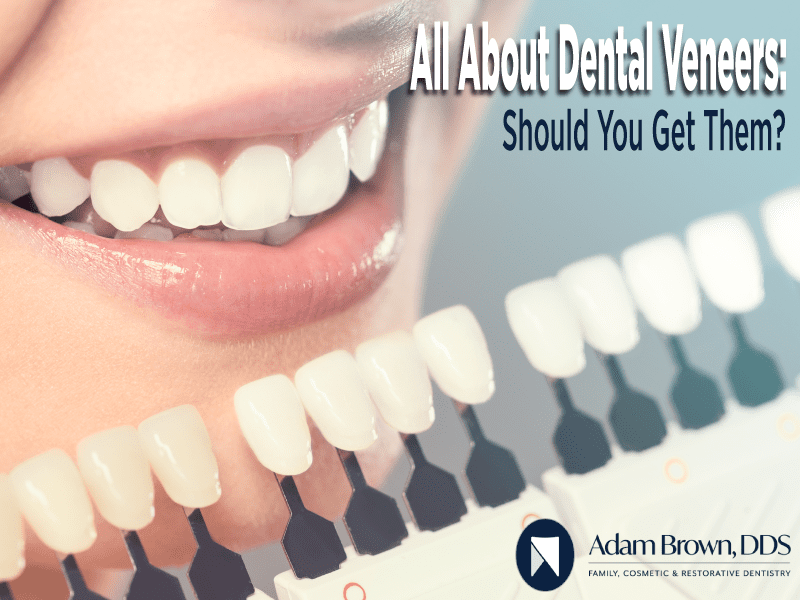
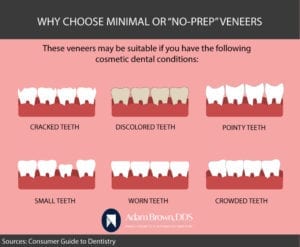
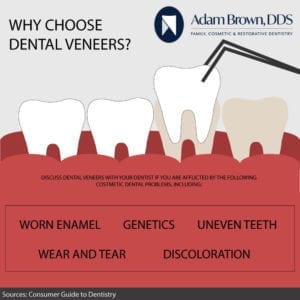

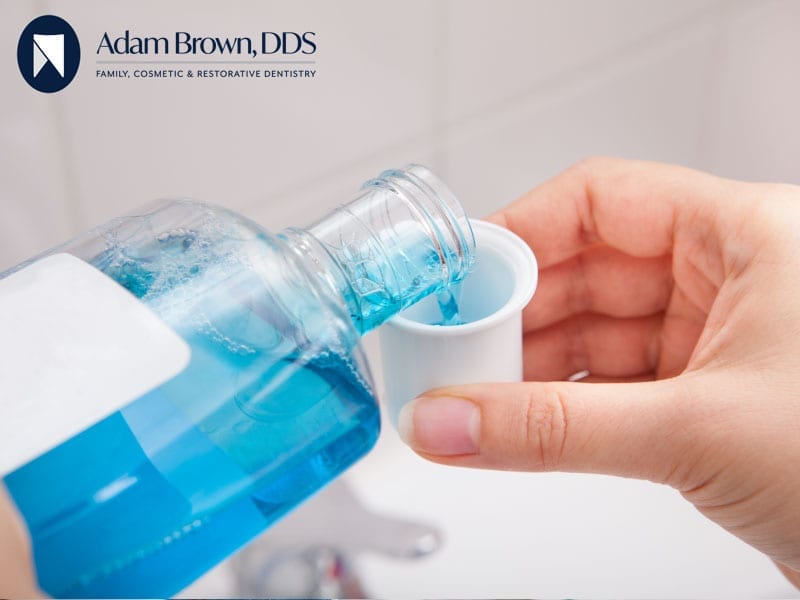
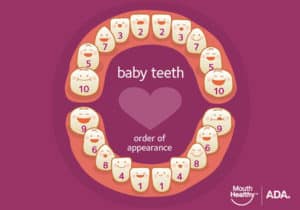
 Perhaps when you were younger, Santa stuffed your Christmas stocking full of chocolate coins and peppermint twists — and a new toothbrush to remind you not to let all that candy rot your teeth. Santa’s always been a smart guy.
Perhaps when you were younger, Santa stuffed your Christmas stocking full of chocolate coins and peppermint twists — and a new toothbrush to remind you not to let all that candy rot your teeth. Santa’s always been a smart guy.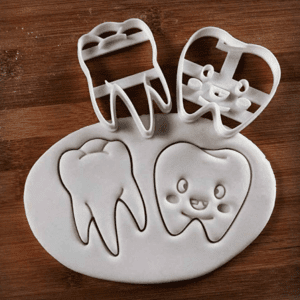 Not crafty? No worries! The artists of
Not crafty? No worries! The artists of 
